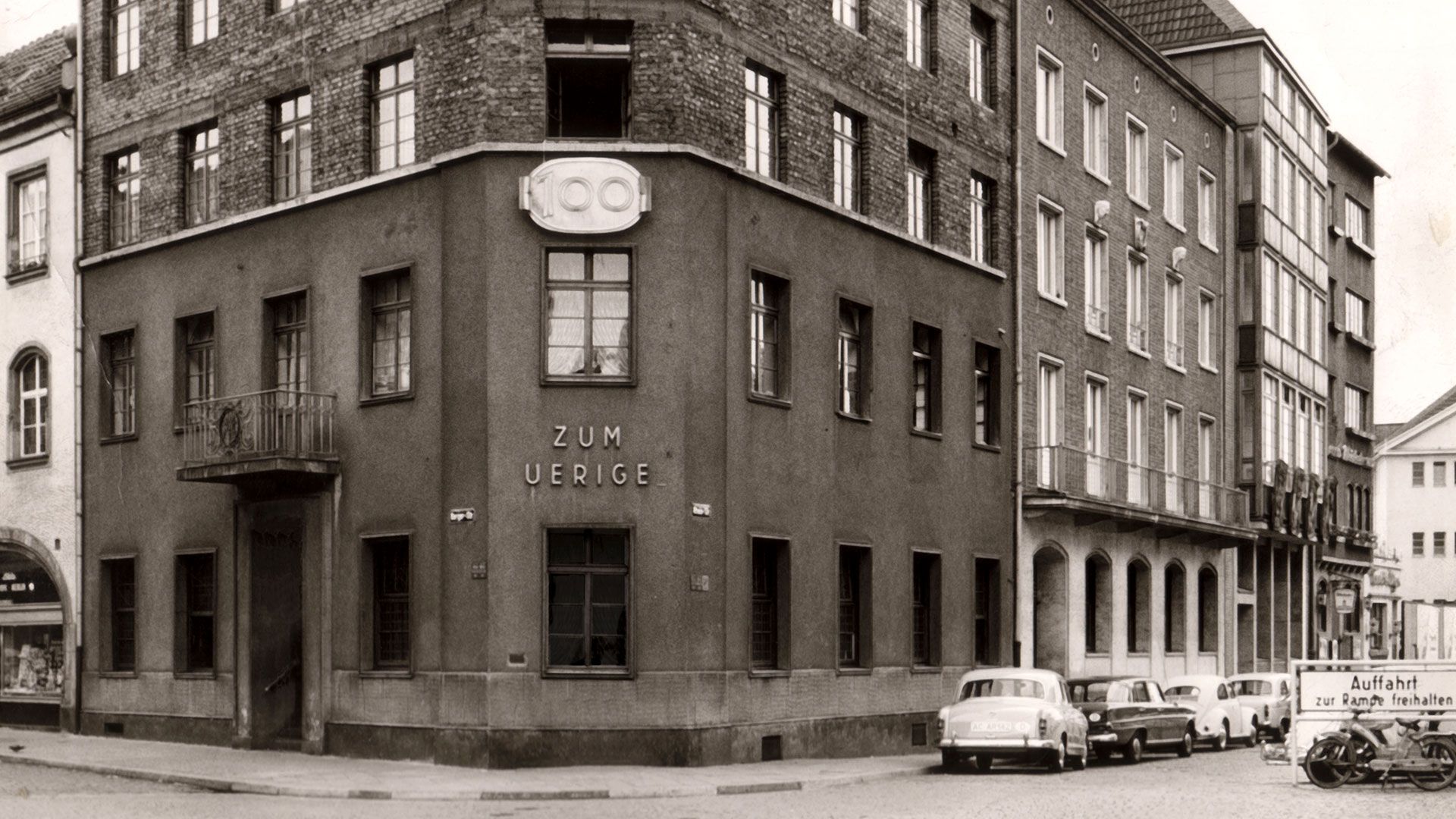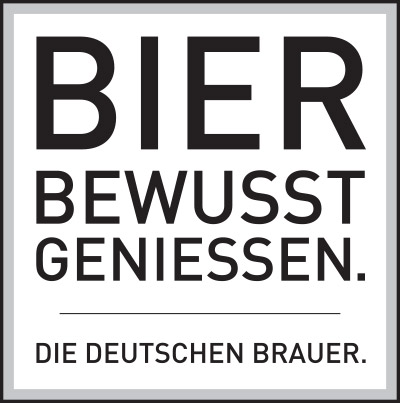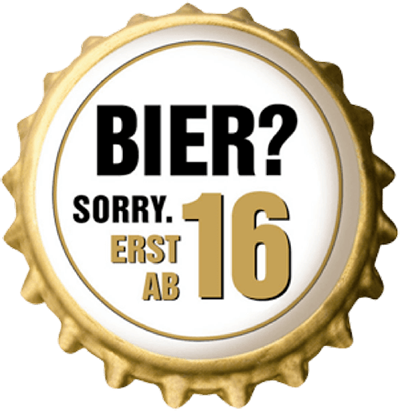Die Historie
1600 – 1900
Unfortunately, it cannot be settled anymore when exactly the highly traditional patrician town house on Berger Strasse was built.
However, documents prove that from 1658 to 1783 it was owned by the Pfeilstricker family. We also know that in the mid-18th century a certain Heinrich Lichtschlag ran an imperial coach station here, offering accommodation and food for travelers. Around this time, the name ‘Zum Heydelberger Fass’ (the Heidelberg keg) appeared for the first time.
The next owners of the house, a couple called Juppen and their son, Leonhard, were wine merchants and also served wine on the premises. After the death of Leonhard, the ‘Heidelberger Fass’ or ‘Große Fass’ was bought by Johann Lambert Gruben in 1790. When the French Revolutionary troops occupied the city in 1795, he sold the plot to Bertram Mertens, a master baker, who in turn sold the house to grain merchant Johann Anton Joseph Bender in 1802. Bender lived and worked here until 1826. After his death, his widow leased the house to various landlords – we know of Heinrich Wilms and Caspar Bosselmann, who named the place ‘Berliner Hof’.
The house was refurbished in 1837/38, after which the Bender widow ran the business herself and called it ‘Bergischer Hof’. It was now a wine tavern with guest rooms, food and occasional entertainment.
In 1890, historian Heinrich Ferber described it as follows: ‘We remember from our childhood days paying a few pennies in order to see elephants, dromedaries and other such animals in a stall in the backyard building.’
The building was finally turned into a brewery in 1862: on January 4, the Bender widow sold the ‘Bergische Hof’ to landlord and brewmaster Wilhelm Cürten, the Uerige himself.
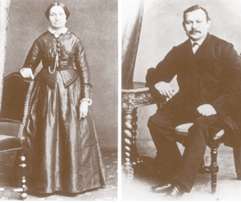 Wilhelm Cürten and Gemahlin, around 1870
Wilhelm Cürten and Gemahlin, around 1870
The ‘uerige Willem’ (or ‘grumpy William’), who on principle never left the house – except on Sundays, when he went to church – immediately installed a brewery in the cellar and the rear buildings and was soon serving excellent top-fermented beer in the ground floor of his house.
After his death in 1886, his son Max took over the brewery. Towards the turn of the century, he modernized the business with a noisy ice machine and a brewing pan with a preheater, which at the time were the height of modern technology.
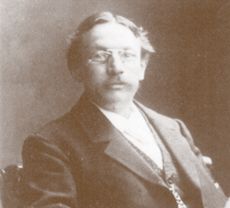 Max Cürten, around 1900
Max Cürten, around 1900
1900 – 1945
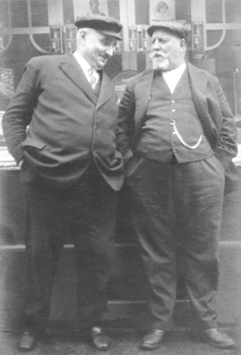 Messrs. Maassen und Keller, around 1928
Messrs. Maassen und Keller, around 1928
Max Cürten died aged merely 41, in November 1902, and his widow employed the brewmaster Jean Keller, to whom she first leased (in 1907) and then sold (in 1912) the house, brewery and the pub. Keller, himself habitually grumpy, and his wife Karoline ran the Uerige until 1934, after which brewmaster Jakob Lotz leased the public house for three years.
The next owner was Rudolf Arnold, of Saxony, who had previously worked in Koblenz as head of a brewery. His era, which spanned nearly forty years, began on October 1, 1937. The Uerige and its proprietor Arnold suffered badly during the Second World War: in 1943, a bomb smashed the front house; in 1944, after another air raid, the brewery burnt down entirely.
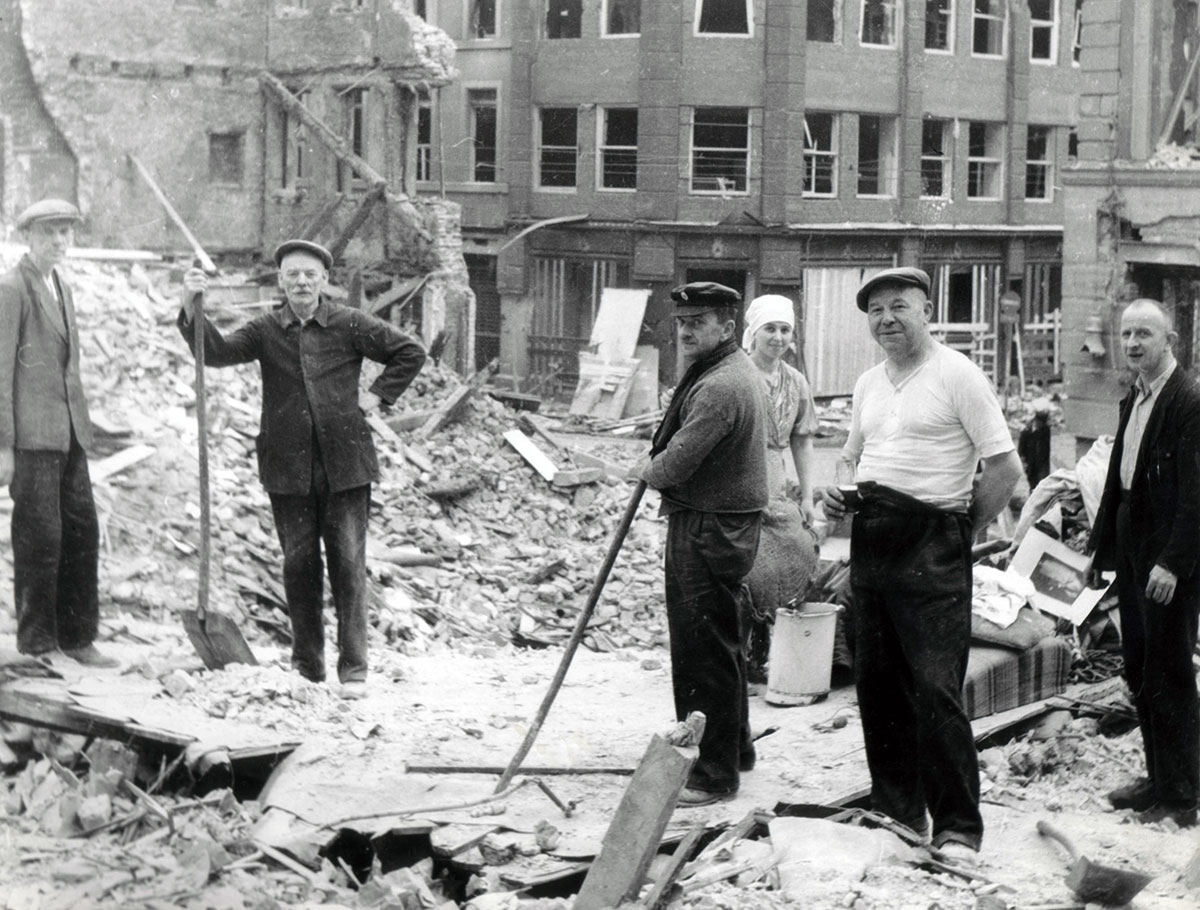 Rudi Arnold (center), 1945
Rudi Arnold (center), 1945
1945 – today
But ‘Rudi’ Arnold reconstructed the Uerige: in 1945, directly after the end of the war, he began to clear the site with the help of his Köbesse (waiters) and brewers, who had returned home from the war, and supported by the waitresses and kitchen staff. Together, they created a new and at first rather modest brewery including a public room.
Reconstruction was completed in 1949 and the Baas, or boss, started to build an annex. The ‘Neweaan’ was opened in 1951, and the magnificent ‘Brauhaus’ followed in 1974, on the occasion of Rudolf Arnold’s 85th birthday.
Arnold was one in a long row of headstrong owners. Amongst the legends that are told about him is the one about the tax for high-percentage liquor, which he refused to pay. His solution: he did not serve liquor anymore and had signs put up which are still hanging on the walls of the Uerige today. Rudolf Arnold died in the spring of 1976, but he had already secured a worthy successor.
On January 1, 1976, Christa and Josef Schnitzler took over the Uerige. It was the talk of the town, because Schnitzler, a studied brewmaster, was held to be the crown prince of the ‘Schumacher’ brewery on Oststraße, which today is run by his sister Gertrud.
The Schnitzler family changed hardly anything about the lay-out of the rooms of the Uerige, but they invested considerably in renovating, air-conditioning technology and equipment, but most of all in the brewery itself.
today
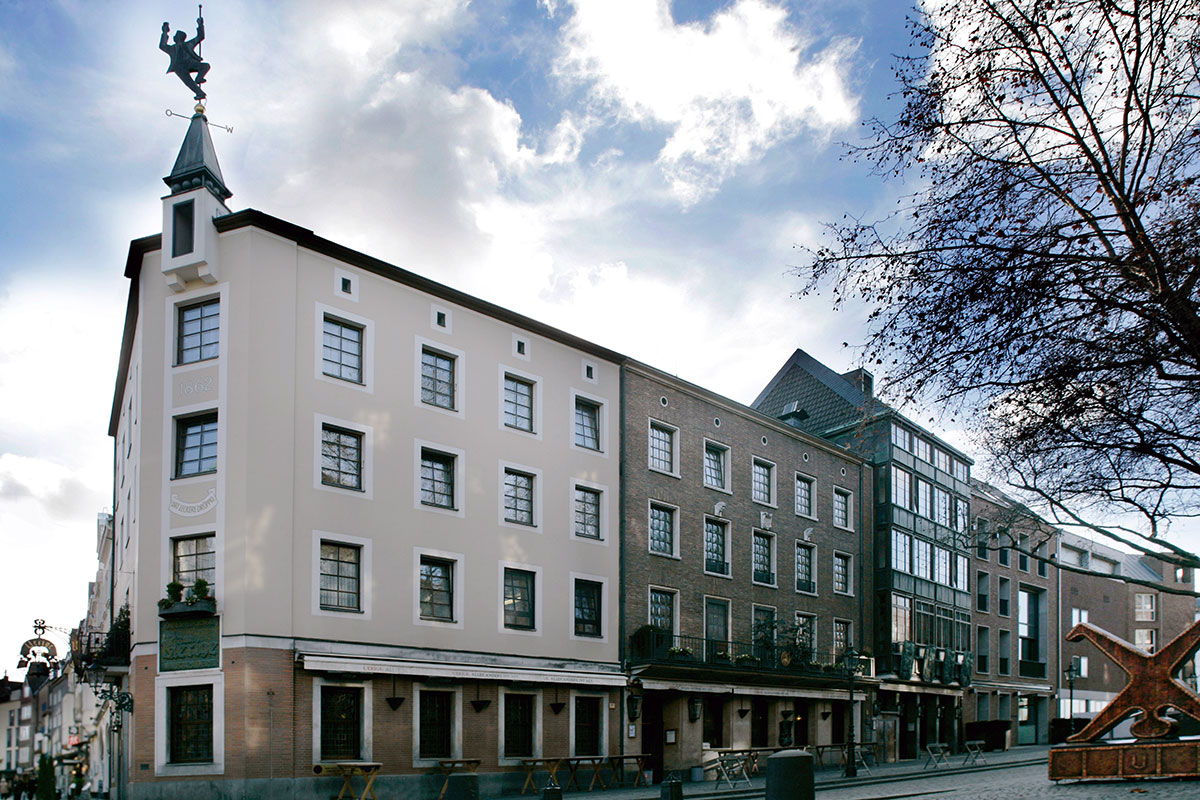 Uerige today
Uerige today
Since 1999, son Michael, a studied engineer, has been successfully running the business and we can say that even today the Uerige is just as closely attached to tradition as it is to innovation. This proved true yet again on February 13, 2008, when the STICKUM annex was inaugurated.
Spread over several floors, approximately 1,300 extra square meters have been created to cater for the brewery and its guests. It is the stated aim of the Uerige to create a ‘crystal brewery’, one which will allow its guests to observe the vital stages of the brewing process, and we have made a large step towards reaching this aim.
The new annex also houses the Uerige distillery. Now, finally, enjoying liquor and fine spirits is allowed on the premises! But only in the STICKUM bar or for private parties, in all other venues old Arnold’s prohibition is still in full effect.
STICKUM and STICKUM PLUS, the two distillates made from UERIGE Sticke and DoppelSticke, respectively, managed to convince
the tasting jury on the occasion of their very first presentation during the Destillata Salzburg in 2008 and were awarded Gold and Bronze.
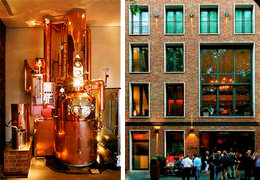 Distillery and Stickum
Distillery and Stickum
